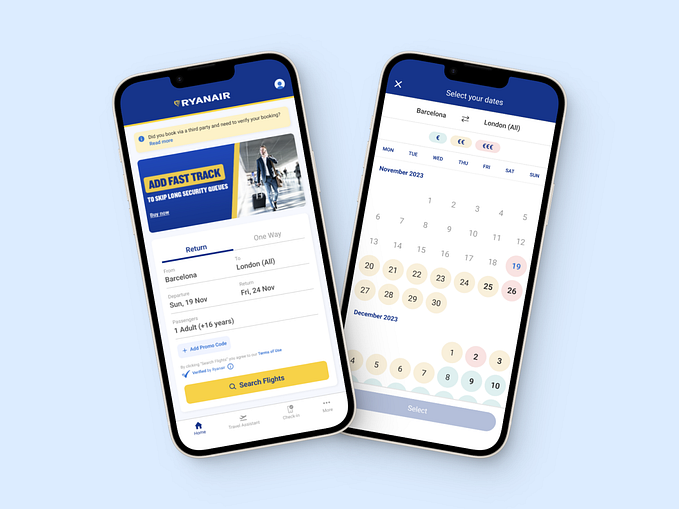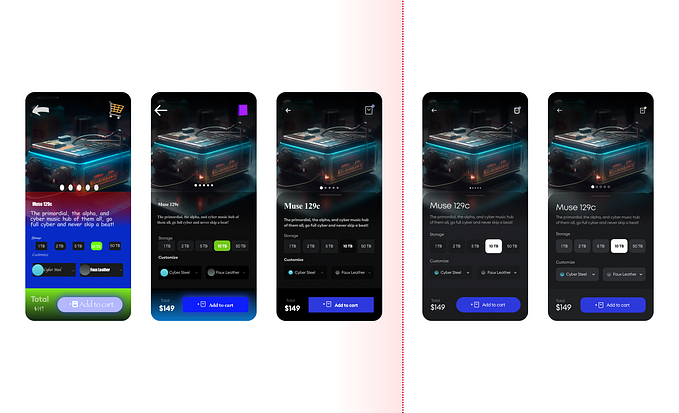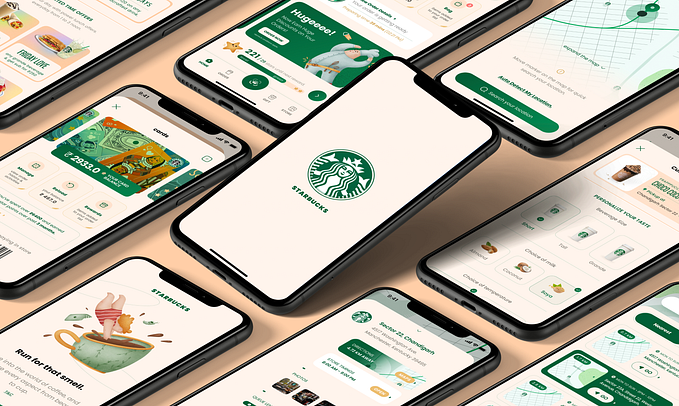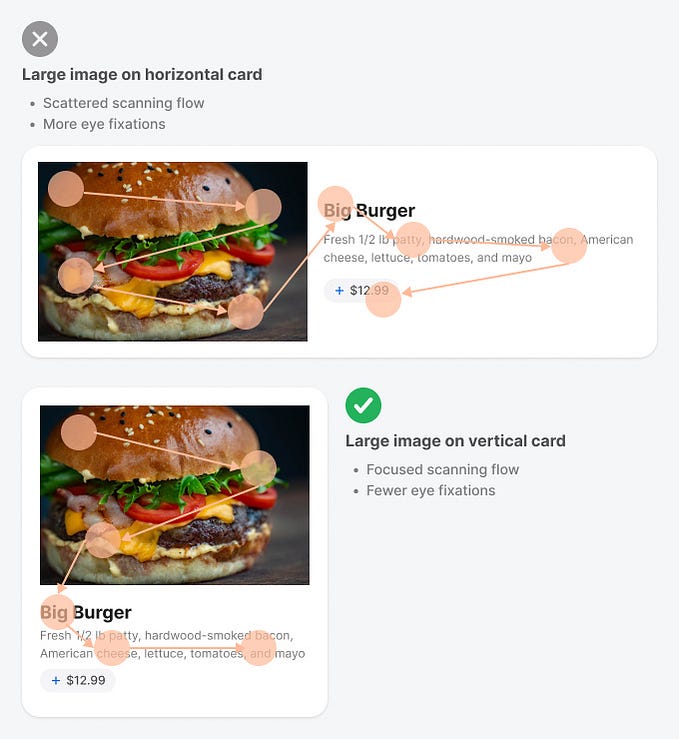
How we solved user drop-offs: A FinTech mobile app case study
At the beginning of the year, we worked with an awesome team and great FinTech product called Finmo, who are part of the Founders Factory family. We worked closely with both the CEO and Head of Product to completely redesign both the UX and UI.
In a nutshell Finmo is a mobile app which helps freelancers, sole-traders and those who have side-hustles, to save time and money when dealing with tax. It’s also a tool for better understanding tax in general. We were stoked to work on this, as not only were we working with a great team, but the app appealed to us personally, we could also see its value of helping people, and solving a need.

The challenge
We briefly integrated into their team to solve three main pain points. Firstly improving on the user experience, secondly giving the whole interface a fresh lift, lastly and probably most importantly was to drastically reduce their user drop-offs on sign up. This is always a tricky part to any product, getting users to give their information PLUS signing up, but even more difficult is getting users to connect their bank accounts. This usually creates friction, this was going to be our biggest challenge.
The overall solution
We took a step back, stripped back all the nice-to-haves and just focused on the core proposition. After understanding the user demographic, and establishing user personas to always refer back to we established a core user flow. The single most important screen we decided was the dashboard, where the user would see all their tax liabilities and information. The reason for this decision is that this is the unique selling point of the app, and it’s main proposition.

We felt the app was heavy in places and cluttered, this more often than not has an affect on usability, user adoption and retention. More features the majority of the time adds complexity to the experience, which can bring its frustrations. We designed from the bottom up, focusing on the bare minimum to start with, this helped us to focus on the goal and then develop from thereafter.
We really focused on these core features, and then iteratively designed the experience in tandem with the team, and more importantly with user feedback. As we were also part of the target demographic we collectively had internal meetings to discuss exactly what we would want from this product. Using this information and that of the users, we were able to assume the best possible flow, and core navigation. This, of course, would be an iterative process, in which we would design, test and then implement upon the general consensus of the users' feedback.

User drop-offs
We took a similar approach to tackling the user drop-offs on the on-boarding stage. We felt it was overwhelming, complicated and cluttered, which didn’t inspire confidence. Having too many steps we predicted was also one of the main drivers for the drops-off, we thought this with Hick’s Law [1] of usability in mind. Focusing on this made sure that the app was simple, this is one of key principles of UX, and something we always look to follow. This, in turn, helps to create a more seamless and intuitive experience, as it makes it easier for the user to process and digest information. This can’t be overstated, especially for mobile design where the screen real estate is limited. We completely stripped back the interface to only a handful of steps.
Another aspect we focused on was creating a feeling of trust and security, this is paramount for any FinTech app, especially those that involve sensitive information. Data highlighted that this section was the highest drop-off rate, no surprise as many feel sceptical about entering their banking information. We really focused on delivering clear and concise messaging, and making the app’s interface look professional and trustworthy. The other target was giving a fresh, polished feel to the app, this coincided with solving the drop-offs, as it would give the reliable look we were after. We also wanted to use well known design principles to give substance to these niceties, however even just creating a more visually appealing user interface is beneficial to making the experience feel easier to use. This is sometimes referred to as the Aesthetic-Usability Effect [2].

We also gave a more vibrant hue to the primary colour palette, as well as reducing the amount of overall colours, to reduce distractions. We also tactically used a lot of white space to focus on the relevant call to actions, and attention points. We additionally emphasised the colour blue, this in addition to using white evokes feelings of reliability, security and also professionalism. We also added familiar elements inspired from other major FinTech and banking apps, which would further add to creating a trusting experience. We also used Intercom to add further feeling of trust and support. Lastly we added bespoke iconography and illustrations, which added to an approachable feel to the app. As well as a unique and professional experience to the interface, which we later learnt helped user retention.

To recap how we solved user drop-offs:
- Used less steps in the on-boarding, which made it feel less overwhelming.
- Reduced complexity and clutter, which created a focused app which was easier to use.
- Put focus on the messaging, so that it was clear, concise and evoked trust.
- Used colour theory to add a professional and trustworthy interface and experience.
- Made it more visual appealing, by making it look modern and fresh.
- Made the app feel familiar, an essential UX principle as stated by Jakob Nielsen [3].
To conclude
We were really happy with the results, especially as we achieved what we set out to. Firstly we created an enhanced user experience which was shown through higher user retention, and we made the UI more visually appealing and engaging. However we were most proud of the statistics for the user drop-offs. Not only did the new flow reduce user friction, but more importantly drop-offs were reduced substantially. The data showed an improvement of 40%!

We would love to hear your thoughts, do let us know in the comments below if you have any questions or want to know more!
Would you like to work with us? We are a friendly bunch, come and say hello 👋
Much ❤️ 🧡 💛 💚










